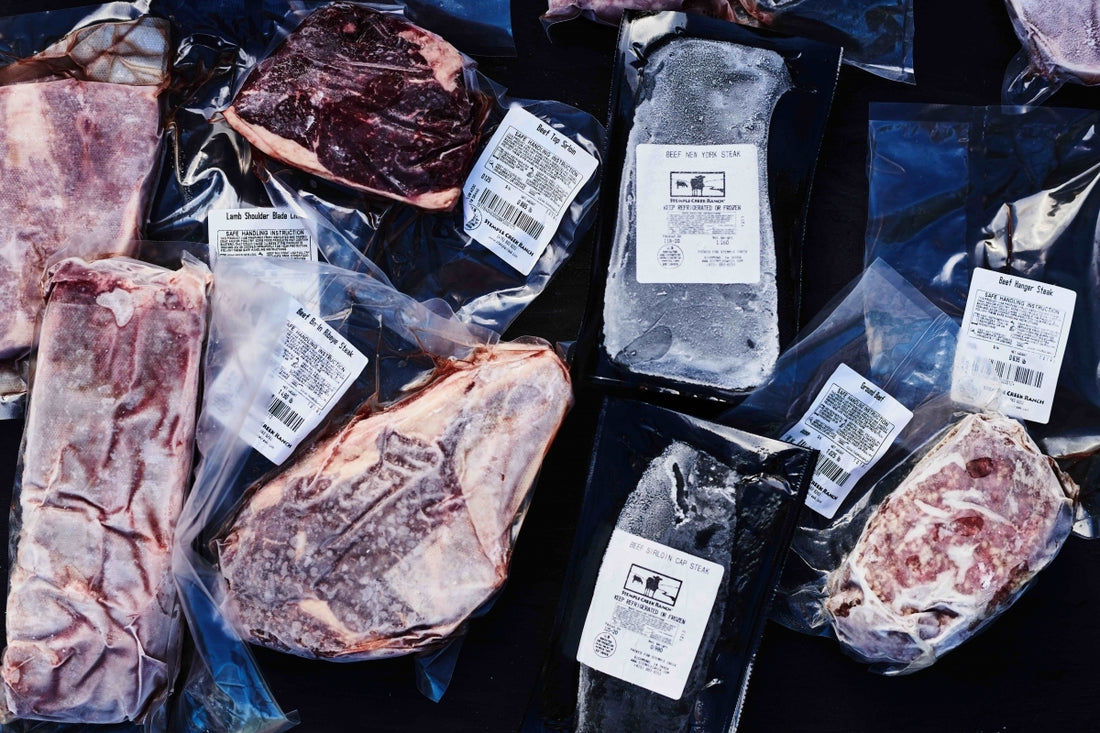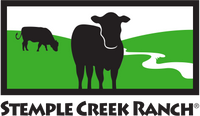
Understanding "Pasture to Plate" - Part Two
Part Two: Processing
Our beef cattle spend their whole lives feasting free range on organic forage in our wide open pastures with nothing to do but grow happily grass fat. When they reach ideal harvest age and weight they are ready for harvest.
Conventional animals are harvested at 14-18 months of age, but ours live on pasture until they are about 24-28 months old and weigh around 1250-1350 pounds. Why? The longer the cattle live and grow happily on the land, the more flavorful and higher quality the meat will be. This is just one of the reasons our customers tell us our meat is the best they’ve ever tasted.
We have chosen a grass fed model...
...because we know it is healthier for the animals, land, and ultimately for the consumers who enjoy the fruits of our labor. We think the investment of extra time is well spent. It’s also why grass fed meat costs a bit more, because it requires more time on the land to reach maturity.
When harvest day comes, the animals are trucked to a USDA Certified processing facility. Our animal welfare practices are audited and certified through the Global Animal Partnership (GAP) program. We are proud to have a level 4 certification for our beef that reflects the respect and care our animals receive.
Once harvested, the meat is transported to our retail packing partners for the cut and wrap process. A portion of the meat is divided into sub-primal (larger) cuts destined for restaurants, grocery stores, and specialty butcher shops. Another portion is processed into smaller cuts for our direct-to-consumer program which serves our online store and farmers market customers.
Our philosophy is to use every part of the animal.
Using the “whole animal” means selling every cut right down to the offal and bones. This can be a challenge for smaller ranchers like us. The demand from wholesale and direct customers is always greater for premium cuts, like Filets, New Yorks, and Ribeyes. For example, it’s not possible for us to provide a plethora of New York Strips to a steakhouse and stay sustainable. We’d have to over harvest the animals and we would end up with an oversupply of cuts that aren’t as in demand, ultimately wasting food and livestock. To combat this, we have built relationships with like-minded butchers, restaurants and customers who also use the whole animal and rare cuts to keep our business sustainable.
Stay tuned for the final installment, Shipping, in our discussion on Understanding Pasture To Plate.


